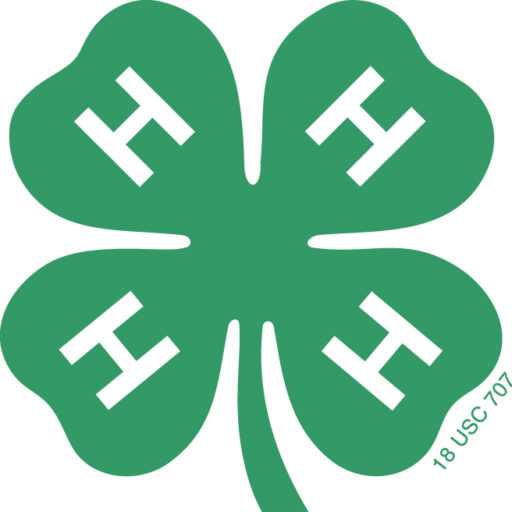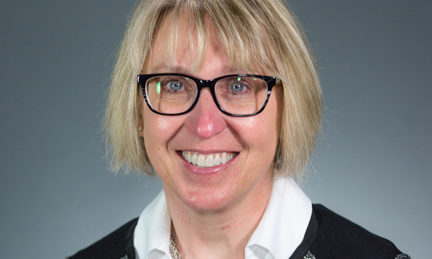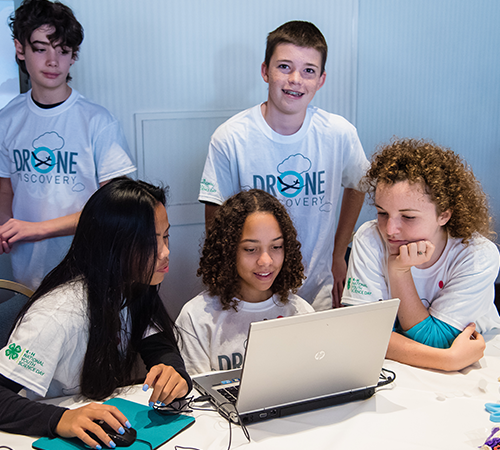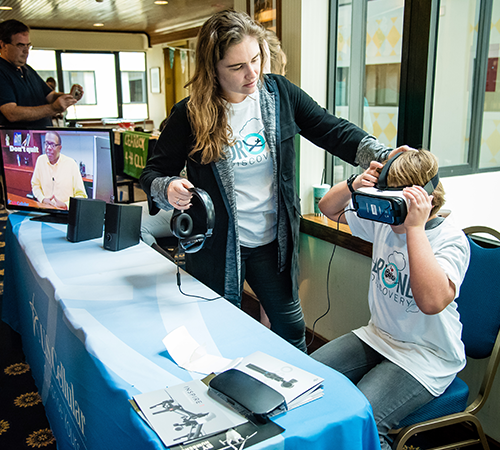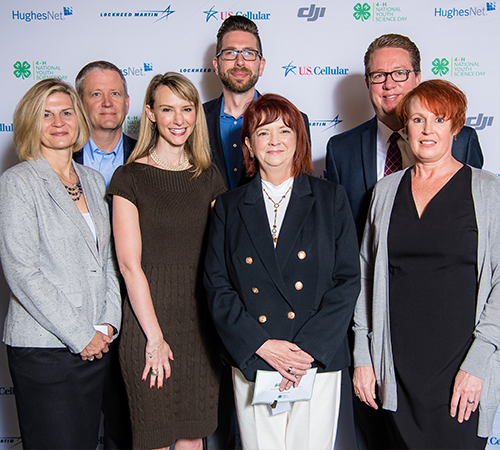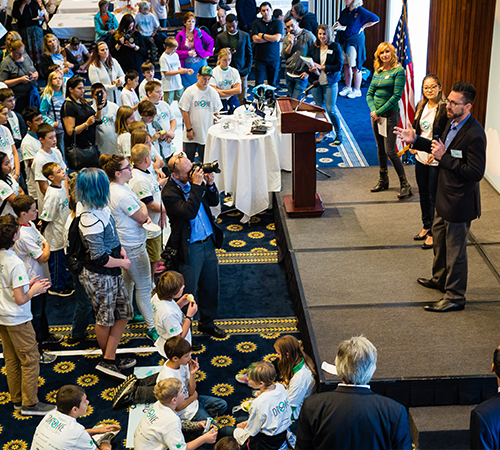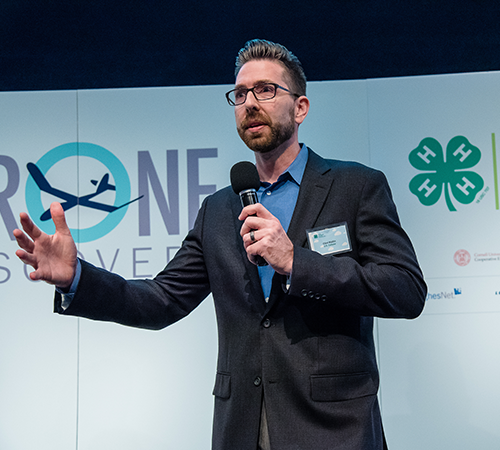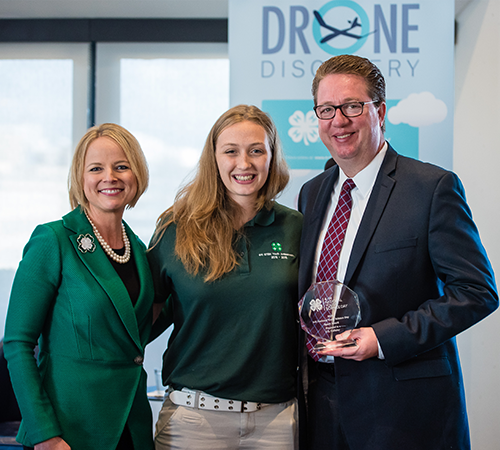“Dream big…and I mean really big!”
This was 4-H alumna Peggy Whitson’s advice to youth from the 4-H Clubs of Houston and Hartsfield Elementary School in Texas during a twenty-minute interview on March 3rd, 2017. And such advice is not to be taken lightly when you consider that it was given by someone 250 miles above the Earth’s surface traveling at 17,500 miles per hour.
You see, Peggy Whitson is an astronaut currently living on the International Space Station.
“It is important for young people to dream big,” Whitson told the 4-H’ers. “And I mean really big. Think about things you might not be able to imagine yourself doing. And then imagine yourself there. And then pursue it as a goal. Because you can accomplish it!”
And if there’s anyone who has followed that advice, it’s Whitson herself. Not only was she the first female commander of the International Space Station, but she was also the first female Chief of the Astronaut Office at NASA, the organization’s most senior leadership position for active astronauts. Dr. Whitson is currently tied for most spacewalks by a female astronaut in history (a record she’ll break during her current or next mission), and will soon hold the record for most days in space for a United States astronaut.
When asked how she feels about breaking records, Whitson told the 4-H’ers, “I think setting records in exploration is very important. It shows that we’re advancing in our capabilities.” She went on to add, “I hope that young people, in your futures, will surpass all the records that you encounter.”
Talk about a dreaming big.
Throughout the course of the interview, Whitson answered questions on everything from her education to her research to her career as an astronaut, and of course, to her time as a 4-H’er.
So meaningful was her time in 4-H, that when asked about her most memorable experience, she didn’t need a moment to think about it.
“That’s an easy question,” she said with a smile, before telling her interviewers that 4-H helped her overcome a childhood fear of public speaking. From speaking to her local club to speaking in space, Whitson credited 4-H for helping her conquer her fear of public speaking, turning it into a skill that would help her throughout her career.
The interview is a fascinating look into the lives of people who, quite literally, live at the edge of the world. At the end of her interview, Whitson encouraged the youth interviewing her to “look for questions, and try to answer them.”
After all, it’s worked well for her.
To watch the interview, click here.






